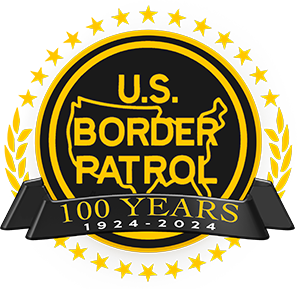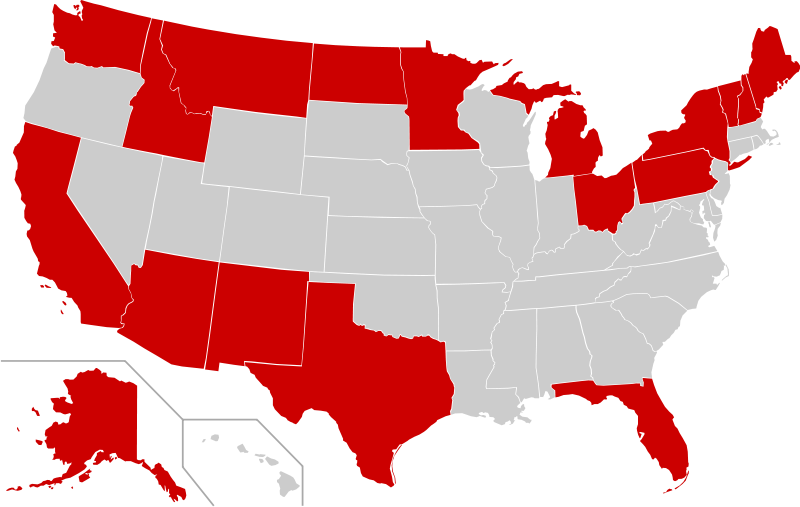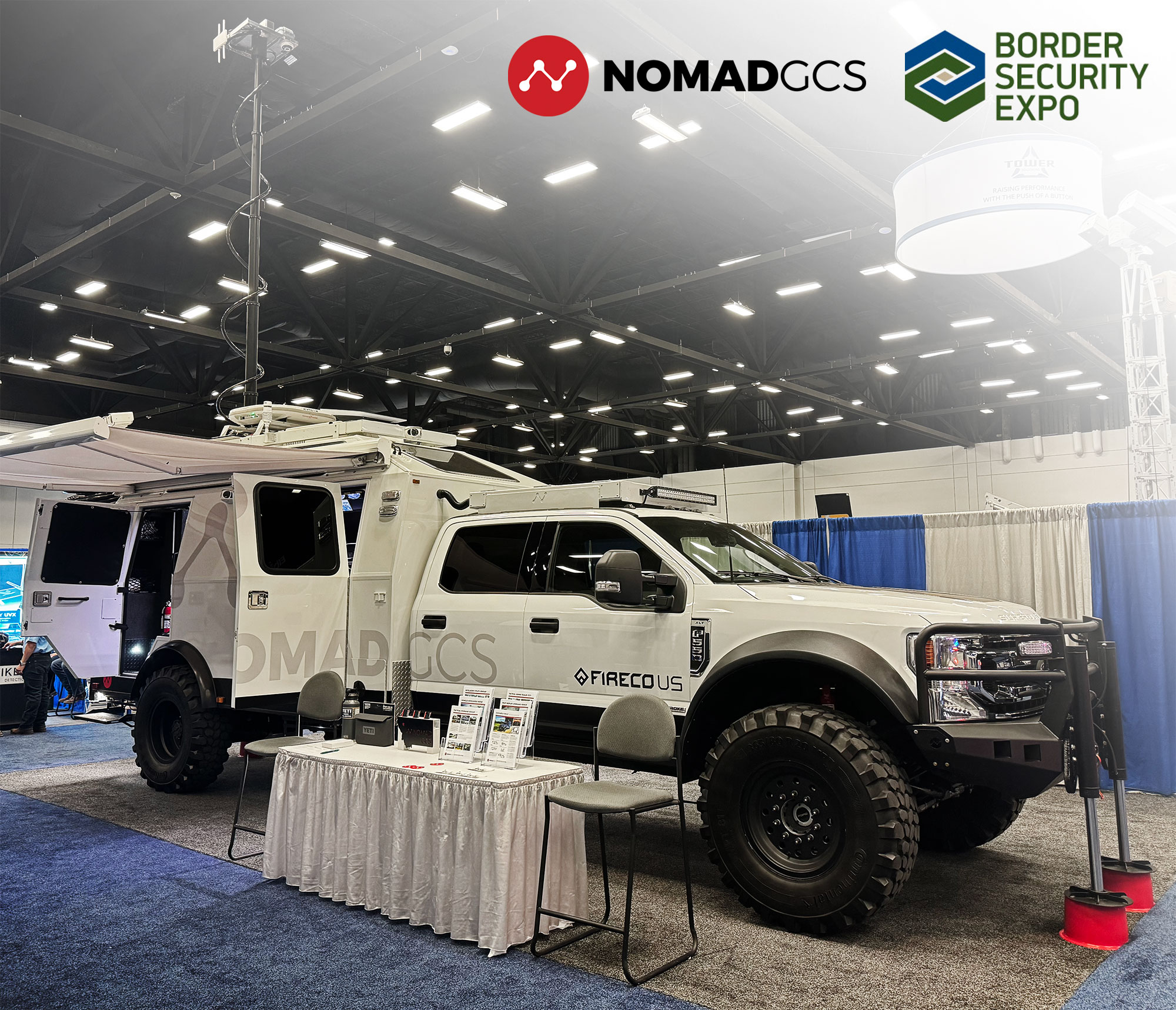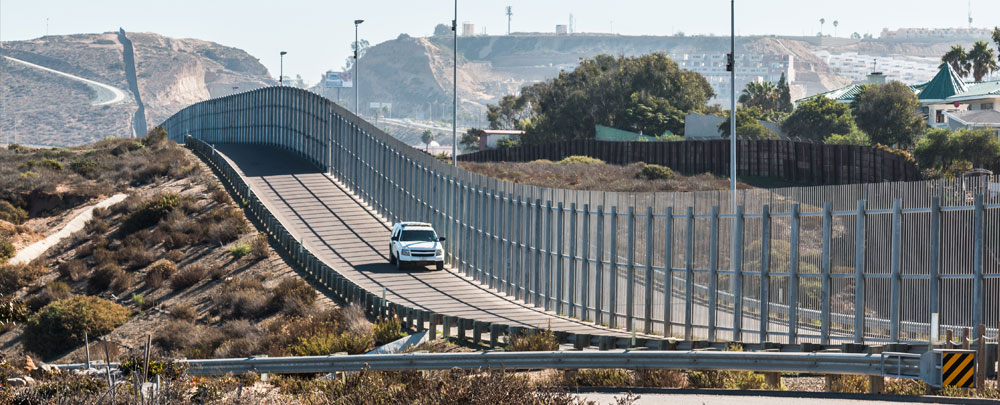In May of 2024, the United States Border Patrol (USBP) marked its centennial. A hundred years is a significant amount of time in the country’s relatively brief history.
Imagine; the first USBP agents had to provide their own horses for mounted patrols (the agency supplied a badge, gun, and feed for the mount). Techniques were basic and the work was challenging.
Times have changed, but the core of the Border Patrol mission from a century ago remains: To detect and prevent the illegal entry of individuals into the United States. Tactics and technologies have moved alongside that mission into the modern era. For today and beyond, we see three drivers of continued border security evolution.
Legacy Challenges
Ask people to visualize the border and most will imagine long, empty stretches of harsh desert environment in the Southwest. This is part of, but not the whole picture.
At nearly 2,000 linear miles with Mexico, and over 5,000 with Canada, U.S. borderlands are significant. In fact, the U.S.-Canadian demarcation is the longest land border in the world. The mind-warping numbers don’t even include coastal waters.
Much of this territory is remote, though several large metropolitan areas straddle the southern and northern borders. This means border security operations occur in austere, uninhabited environments, as well as in dense urban areas. The broad range of conditions challenges people and equipment. Rugged, resilient, and innovative could be used to describe the best of both.
Before the USBP, the borders were—informally and infrequently—monitored by U.S. Armed Forces. Lawless incursions into the southern border areas and organized liquor smuggling across the northern border (this was the era of Prohibition, after all) highlighted the need for formal organization.


Uniting Toward Modern Solutions
Though many issues have remained unchanged since the inception of the USBP, new threats not even conceivable in the first part of the 20th Century abound: Ultralight and unmanned aircraft, terrorism, heavily-armed and militarized cartels, record migrant numbers, and more. What’s coming tomorrow can only be imagined.
Each year, Border Security Expo addresses contemporary issues facing the USBP and other interested organizations. Hundreds of attendees represent all facets of border security: USBP agents, U.S. Customs officers, law enforcement, state and local government officials, allies from Mexico and Canada, and even representatives from other nations facing similar issues at home.
Private industry also brings its best. This year, Nomad was honored to attend the event in El Paso, Texas. We discussed pressing topics, evaluated emerging technologies, absorbed new learnings, and showcased our latest innovations.

Drivers of Evolution: Three Force Multipliers
Addressing this year’s Border Security Expo, USBP Chief Jason Owens highlighted three “force multipliers” critical to the future of border security. The mission will always involve dedicated people doing tough work, but these three drivers will make that work smarter, not harder.
- Technology – Most of the vendors in the Expo’s exhibit hall fit into this category. We saw optical instruments capable of seeing tens of miles even in the dark or bad weather, real-time data sharing technologies, and autonomous drones (the flying kind and the walking kind). Technology from every corner of private industry and the military has been adapted for border security needs. This force multiplier empowers people to do more with less.
- Communications – Cutting-edge comms solutions were also well-represented. From the latest voice radios and antennas, to ad-hoc and permanent data networks… Equipment with civilian and military origins has found a place in border operations. Technology isn’t worth much if it can’t be shared with the broader effort. The most critical border security asset—personnel—has to be able to communicate. This force multiplier, whether body-worn radios, Connected Mobile Operations Centers (CMOCs), or comms infrastructure, is a focus.
- Artificial Intelligence – AI might be the media buzzword du jour, but its applications in the world of border security are very real. From intelligence fusion operations, to processing remote sensing imagery and data in real time for threat detection… AI is the newest force multiplier to make security efforts faster, safer, and more effective. As more technology is developed and applied to border security, more data then results and it must be processed, interpreted, and shared—an ideal job for AI solutions.
Bottom line: More people and challenges at the borders (with the same personnel numbers) creates a need for force multipliers. It would be shortsighted to not factor them into future planning.

